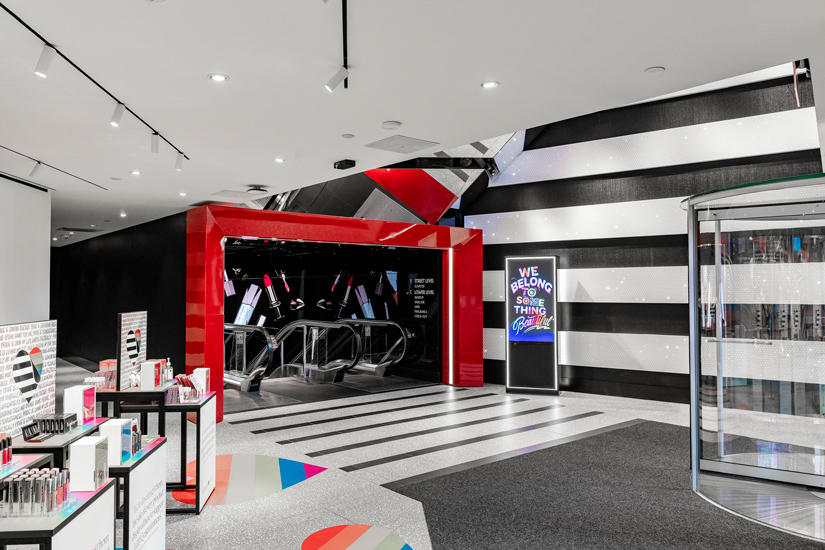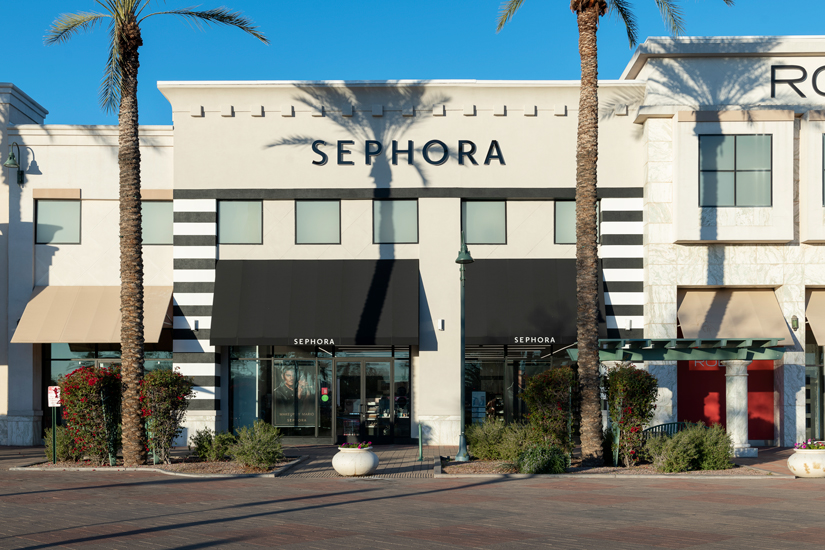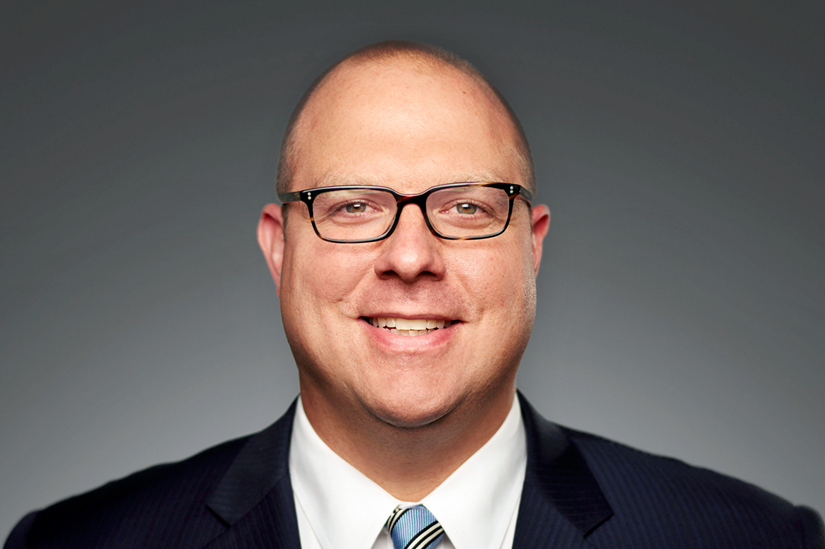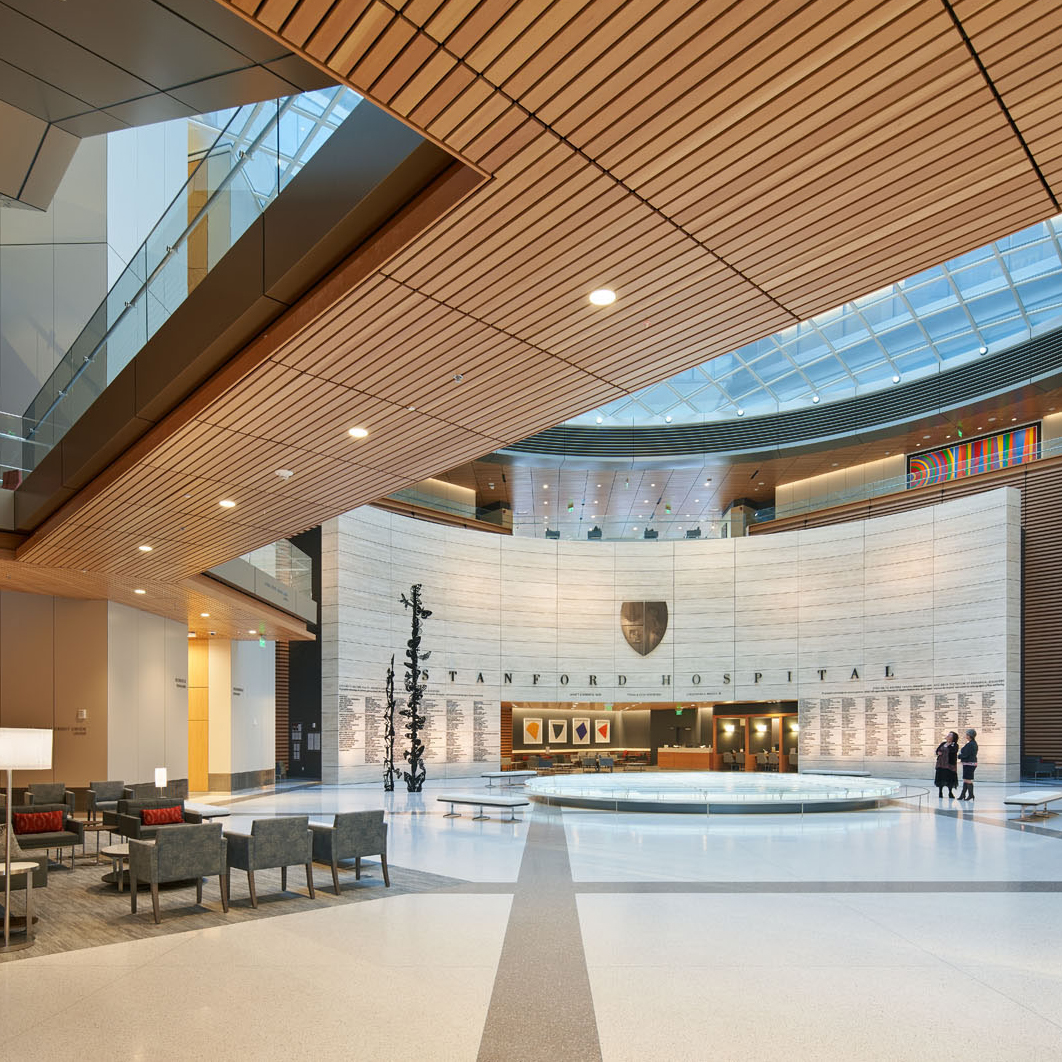|
Getting your Trinity Audio player ready...
|
It made sense that Patrick Stringer wound up as senior manager of global store development at Under Armour for seven years. Stringer grew up an athlete—he played lacrosse in college along with basketball and golf, and now it’s any sports he can enjoy with his children. The company was based in Baltimore, Stringer’s stomping grounds. He joined the company just when it was becoming a household name and helped expand Under Armour’s burgeoning retail expansion.
But Stringer has taken one of the more pronounced left turns in his industry heading up senior director of construction duties for the past two years with Sephora North America, a company it’s likely to assume Stringer wasn’t nearly as well-acquainted with prior to assuming his role in 2018. It’s not just the difference in retail markets. It’s not just moving from a Baltimore-based business to working remotely for a company 3,000 miles away in San Francisco.
The director has moved from helping grow a promising business to seeing just how to make an impact in one of the already most recognizable names in its field. And that is the kind of challenge Stringer can get behind.

A One-Stop Retail PhD
A serious career change-up isn’t a foreign concept to Stringer. “I would say that my journey is a little atypical,” the director says. “I don’t have the background of what seems like most people in retail. I was an accounting major who sort of wound up getting into construction.”
Stringer cut his teeth working for a mechanical company building multifamily complexes in Englewood, New Jersey. He’d return to Baltimore to solidify his construction experience working for a small firm general contractor where the mindset was focused on taking projects from conception to completion.
The economic slowdown of the latter aughts would lead Stringer to Under Armour in 2007. “That is really where my whole experience has been informed and shaped,” Stringer says. “I came in as a project manager, but there was so much to do I ended up on everything from lighting layouts to signage to fixture plans. I taught myself to use AutoCAD and was doing pretty much all of the upfront design and planning work with our architects on our VM team.” In short, it was both a retail primer and PhD in one stop.
“When I think back on what has helped me be successful at Sephora, it was being involved in every step of the way at Under Armour and understanding the pain points of each team,” Stringer explains. “I really got to understand what each group or department needs to be successful. Having to own that really helps what I do now, whether it’s ‘technically’ my job or not.”

Beautiful Expansion
The decision to come to Sephora wasn’t made lightly. “It was obviously a big culture shift in so many ways,” Stringer says. “I had friends and family who worked at Under Armour and now I was going to a company that was 3,000 miles away in a completely different kind of category, not to mention I would be working remotely.” But Stringer wasn’t entirely out of his element; he just needed time to learn the business.
Stringer wasn’t pressed to come in and start tearing up the rulebook. In fact, he was encouraged to take the time he needed to learn just where he would be most effective. “I was just told to absorb, absorb, absorb,” Stringer says, laughing. “From a retail standpoint, Under Armour was the only real experience I had, so I was just excited to see how other well-established retailers like Sephora approached projects and what kind of resources they had.”
The benefit of fresh eyes was one of Stringer’s early victories. “Given my different perspective, I was able to evolve some areas,” Stringer says. “We were able to take a look at some of the companies and vendors we were working with, how we plan budgets, approach schedules, and try to make the projects run as efficiently as they possibly can.” He notes that this accomplishment was made possible with the help of the established construction project managers who were already in place.

The onset of the COVID-19 pandemic has offered Sephora, like many other retailers, challenges but Stringer brings a unique perspective. “In 2019, we were aiming to open 100 new stores in 2020,” Stringer explains. “Due to the realities of the pandemic, we’ve adjusted accordingly and will have opened around 42. And while that meant we didn’t have quite the workload we were planning for this year, the goals, project planning, and task list for our continued expansion still exist. I believe we are now better poised for 2021.” The construction may have been pushed, but the work certainly has not.
Stringer says that while he’s not able to get into the nitty-gritty of Sephora’s current expansion plans, he says the real estate and strategy teams continue to be focused on adding more lifestyle centers. “We haven’t been in a lot of places where you can pull up, run to Whole Foods, stop by Sephora, and maybe go to the gym,” Stringer says. “We have the advantage of great leadership and development teams who were already set up to succeed in terms of our growth plans, therefore I believe we are prepared to hit the ground running in 2021.”


